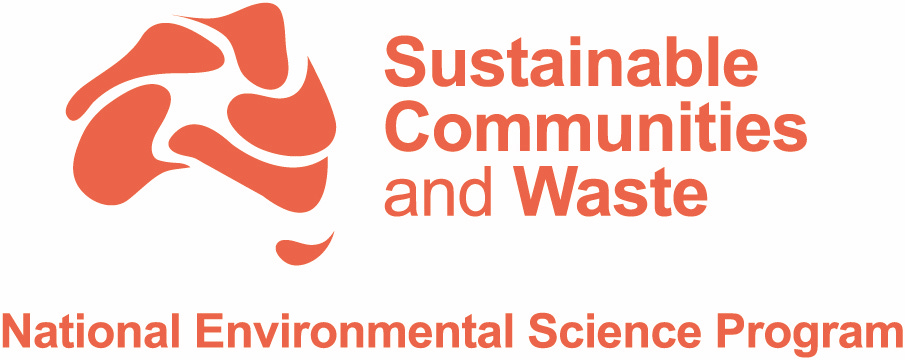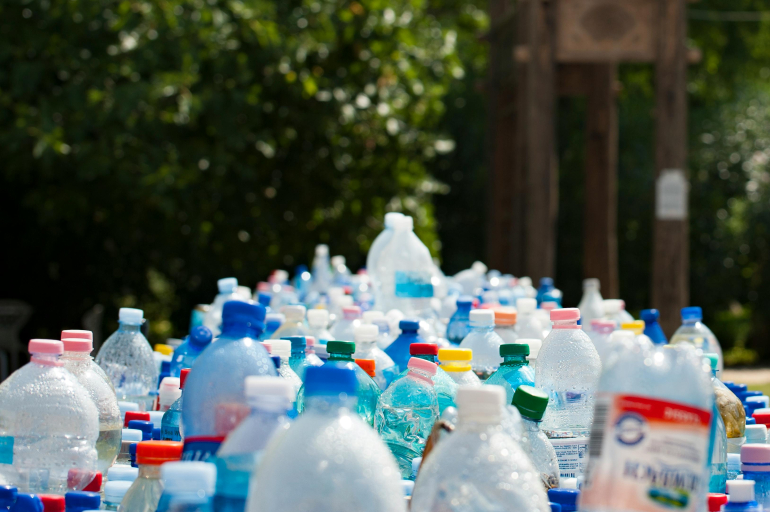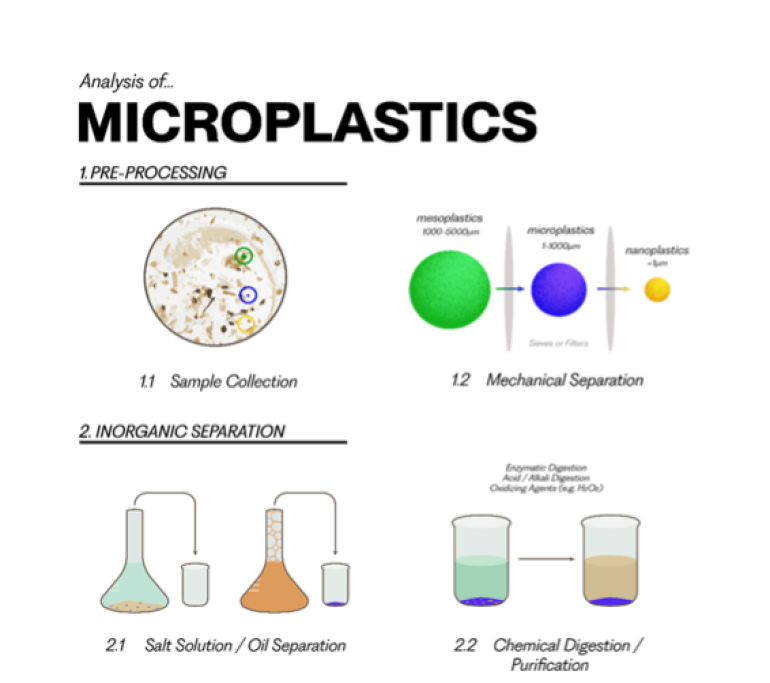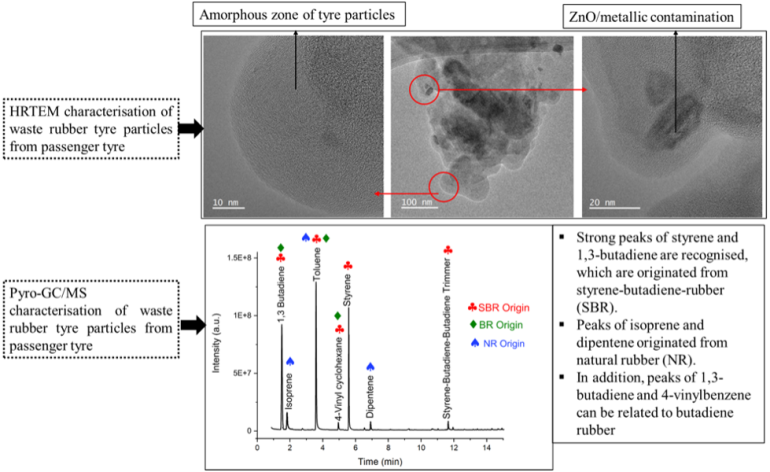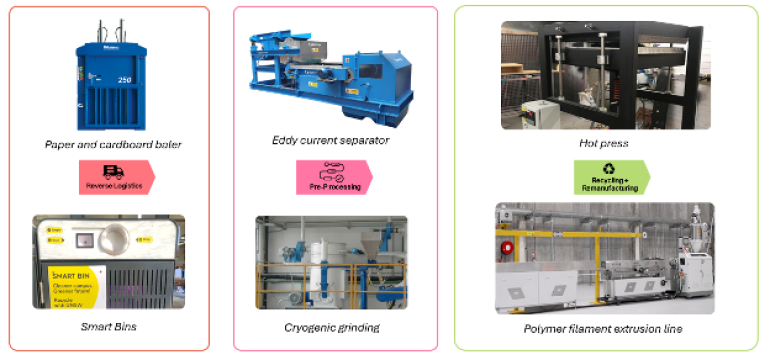The Sustainable Communities and Waste (SCaW) Hub held a stakeholder webinar to highlight the progress made in Impact Priority 2 (IP2): Reduced Impact of Plastics and Other Materials on 22 November 2024.
Hosted at the UNSW SMaRT Centre and online, the session provided key updates on innovative research tackling microplastics, tyre dust and finding fit-for-purpose technical solutions for regional and remote waste management. The researchers have also discussed advanced characterisation technologies and their applications in understanding and identifying microplastics.
This project is working towards the Hub’s overall vision of helping to provide research to enable and encourage Australia’s transition to a circular economy.
Research Progress
The webinar highlighted several of the project’s advancements:
Microplastic Studies
Updates were provided on analytical techniques for detecting tyre and road wear particles, a major source of global microplastic pollution. These advanced methods include:
- scanning electron microscopy/energy-dispersive X-ray spectrometry (SEM-EDS),
- transmission electron microscopy (TEM)
- 3D atomic force microscopy (3D tomographic AFM)
- pyrolysis–gas chromatography–mass spectrometry (Pyro GC/MS) etc.
The techniques are now enabling clearer understanding and identification of microplastics. These technologies will have promising applications in national analysis protocols.
Technology Roadmaps
Researchers detailed their work on finding fit-for-purpose recycling solutions that will help provide some of the information on circular solutions. The research project will now work to tailor this information for regional and remote Australian communities, focusing on addressing the unique challenges faced by these areas. Read more in the Technical Survey for the Development of a Technology Road Map for Recycling Solutions for Regional and Remote Communities report.
Circular Economy Frameworks
The webinar introduced a new "Framework of Technology for a Circular Economy," offering councils and businesses tools to transition from linear to circular waste management models.
Outreach and Stakeholder Engagement
Discussions also reflected on recent collaborative efforts, such as:
- Circular Economy Workshop with Forbes Shire Council
- Resources, Energy and Industry Innovation Forum in Dubbo
- Microplastics Interception Pilot with OceanProtect and Blacktown Council.
These events gathered input from councils, researchers and businesses to refine approaches and analyse gaps for identifying opportunities to shift from linear to circular economy practices.
Next steps
Looking ahead, the Hub will focus on:
- Developing a user-friendly, interactive platform (a one-stop-shop portal) integrating case studies and practical solutions for councils and businesses.
- Continuing the Microplastic Intervention Project in collaboration with Ocean Protect, alongside expanded studies on artificial turf and microplastic release from recycling and manufacturing processes.
- Establishing a national protocol for microplastics analysis, contributing to a robust understanding of their environmental pathways.
Why This Matters
This webinar underscored the importance of interdisciplinary collaboration in addressing complex environmental challenges. By bridging cutting-edge research with practical solutions, the Hub is working to help bring about a more sustainable future for Australia. This event marked a pivotal step in the Hub’s journey to minimise plastic waste impacts and foster a circular economy—an effort that is more relevant and urgent than ever.
